The history of the human race is very closely related to the movement of humans across the world, since ancient times. Few of these movements across the world by people in the last few centuries are quite well documented and remain recorded in history. However, most of the old mass exodus of people, when history as a subject was not even born, have been lost, as important footprints get lost in sands over time.
The topic of our discussion today also falls under the second described situation discussed above, where many people left a nation in one continent & moved to an island in another continent, to form a new nation. This story is about Queen Scotia (also described in many places as Queen Scota or Princess Scota in her young age) who figures prominently in ancient Irish myths and legends of Scotland and was supposedly an Egyptian Princess, who later reached the far islands of Europe, by a surprising twist of fate.
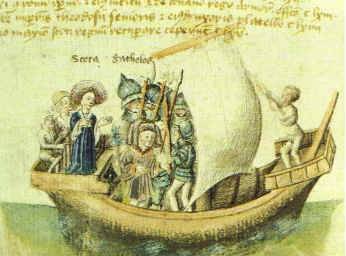
However, this tale remains more in the realm of a fantastical legend than real history as believed by the vast majority of people; but is there ever any smoke without fire?
The Irish legend of Egyptian Princess Scotia is not just an ancient fable that is connected to Irish history but also pertains to the assertion that Scotland has a very old connection to the ancient Egyptian civilization of antiquity. According to this ancient legend, Scotland was founded by Princess Scotia (thus giving the name to the country) along with her husband Gaythelos, who gave his name to the Gaels.
When we talk about the origin of Irish people – It is usually the names of Gaels, Vikings, Anglo-Normans, and much later the English, who come into the picture. Similarly, when it comes to the origin of Scottish people – It is usually the Picts, Gaels, Anglo – Saxons, and Norse, whose names are ingrained in the country’s history. However, history as we know it is not always all-inclusive, and sometimes, just sometimes, a closer look may show an unknown story behind the known history.
One such story is the Irish legend of Egyptian princess Scotia, which is known to very few people. Queen Scotia and her husband Gaythelos are supposedly the ancestors of Scots and Gaels, and thus their legendary story is supposed to be the missing link between ancient Egyptian civilization and Ireland & Scotland of more modern times.
Unfortunately, very few modern historians of the 21st century would vouch for the authenticity of the story of an ancient Egyptian princess migrating to a faraway island, that would later become known as Ireland, but that has not stopped a handful of historians to believe that the Irish legend of Egyptian Princess Scotia is not just a myth, but a chapter of history lost from the history books.
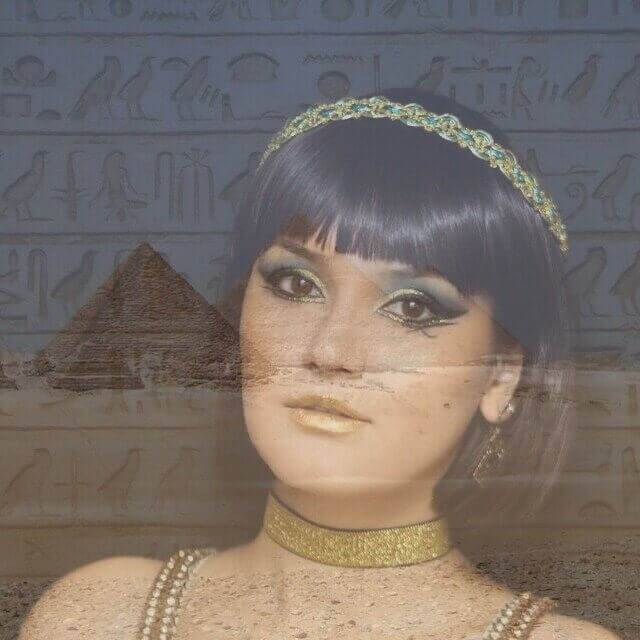
Now, why should anyone believe the opinion of a few historians on the issue, even when the broad consensus of scholars is against them? Though that may be a very good question, for 3 very good reasons we have to look at other possibilities.
The first reason would be - some recently found pieces of evidence merits a closer look on the subject. The second would be - the medieval history of the Countries involved themselves, which were certainly affected by their belief in the events that possibly occurred in the distant past. And the final reason would be the telltale evidence, that normal people choose to believe.
Who was Queen Scotia, is a question that is often difficult to reply, not just because her ancient tale is very old and at best has a tenuous link to history, but also because the name has been used to describe a woman, whose original identity, can’t be substantiated by any archaeological or chronological studies.
The name of Queen Scotia appears in a medieval Irish manuscript – Book of Leinster, which was compiled in 1160. However, an earlier reference to Queen Scotia is also present in Historia Brittonum (The History of the Britons) that supposedly describes the history of the indigenous people of Britain.
According to the most popular version of the Irish Legend of Egyptian princess Scotia, most scholars who believe in the legend, agree that princess Scotia was an ancient Egyptian princess, who grew up in the land of Pharaohs. Incidentally, at the same time Gaythelos (The Latinised name for Goidel Glas), the son of the King of Greece was also present in Egypt, working for the Pharaoh, after being expelled from his native kingdom. So here Gaythelos met the princess Scotia and later the two got married.
Later due to upheaval in the country, Princess Scotia was forced to flee from her country, along with her husband – Gaythelos, to distant lands of Europe. First, they made their way to Spain and from there they moved further west, discovering a new land, which they named Hibernia (the island being named on Hiber -- who was the son of Gaythelos and Princess Scotia),an island known in the modern world as Ireland.
(Here it should be added that as far as the Hibernia name is concerned, the majority of the sources, describe Hibernia as the classical Latin name for Ireland, with the name being taken from Greek geographical accounts. It was the Roman historian Tacitus, who used the name Hibernia, in his book Agricola.)
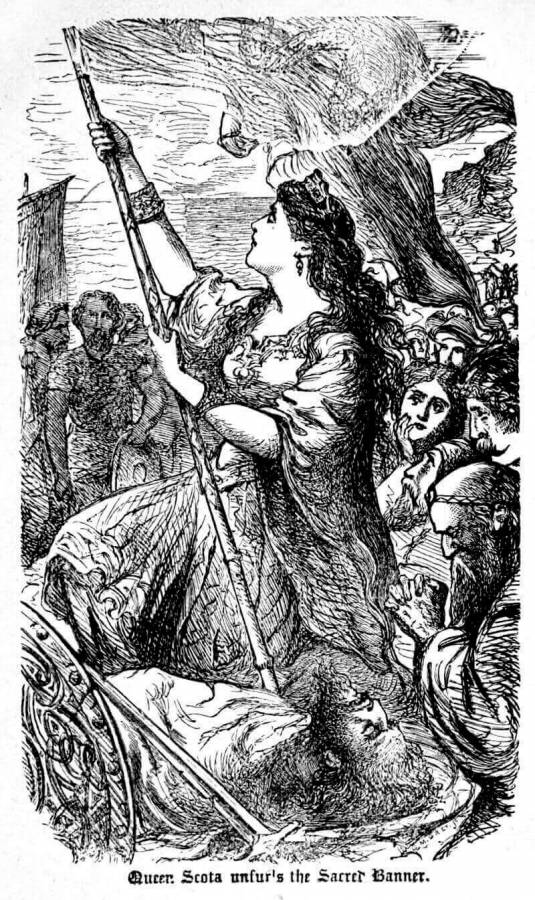
Later Queen Scotia and her people would again move to a new land - Scotland, where they would settle down with the natives. Although a different version states that they first reached Scotland, but the hostility of the native people forced them to move to Ireland. However, after many years the descendants of Gaythelos and Scotia would move back to Scotland and would defeat the local Picts and take over the country and name it is Scotland.
The Irish legend of Egyptian Princess Scotia has also another version as per Lebor Gabala Erenn – known in English as the Book of Invasions, which describes the history of Ireland from the creation of the world to the Middle Ages. Princess Scotia here is again the daughter of an Egyptian Pharaoh, who weds a Babylonian named Niul.
Niul was a scholar of languages, who had come to Egypt on the Pharaoh’s invitation, and married princess Scotia. The couple later had a son named Goidel Glas – who is considered to be the ancestors of Gaels, who made the Gaelic language, by combining the finest qualities of the total 72 languages, which were supposedly being spoken at the time.
Princess Scotia and her husband Niul were later forced to leave Egypt and after much wandering, they reached Spain, from where they would later reach Scotland. Ultimately, the descendants of Queen Scotia, would fight with the Picts and defeat them and would become an integral part of the populace of Scotland.
The Myth of Queen Scotia of Egypt is no doubt very hard to believe, more so when it tries to touch upon events that are described in the Holy Bible.
According to some version of stories by other sources, Gaythelos was originally from the region of Scythia, who lived at the time of Moses. As per this version - Moses even saved Gaythelos, when he was once bitten by a snake. Mosses also apparently promised Gaythelos, that no snakes would inhabit the western islands that Gaythelos’s future generations would inhabit.
The fact that Queen Scotia’s husband was healed by Moses, would give the legend of the Queen Scotia, a much-respected touch & acceptability in the later medieval period when Christian countries were trying very hard to assert their ancient roots & connection to Biblical figures and institutions.
Princess Scotia’s Grave is an actual landmark present in Ireland. In the South West of Ireland, near the town of Tralee (in County Kerry) is a glen (a deep valley), where Queen Scotia, while leading her men in a fight against her opponents (said to be some as the legendary Tuatha De Danann - a supernatural race described in Irish Mythology) died in the course of the battle and was supposedly buried here. However, her men eventually won the battle and went on to rule the land.

This area is still known as Scotia’s Glen or Glen of Scotia. The grave of the Queen Scotia is believed to be under a big ancient stone with Egyptian hieroglyphs inscribed on it. The Princess Scotia’s Grave has been used by few people to indirectly support the theory of the Irish legend of Princess Scotia.
The Irish legend of Egyptian princess Scotia, as mentioned before did not just stay restricted to Ireland only, but affected Scotland too, as mentioned earlier. The Scottish version (as we have said before) described how the descendants of princess Scotia, reached the west coast of Scotland and became part of the Scottish people after defeating the Picts.
This story which bordered on myth became a very real part of history, when this version of Scottish lineage was cited, to reaffirm the cause of independence and sovereignty for the Scottish people in the Declaration of Arbroath.
Declaration of Arbroath was an important letter/document written by Scottish Barons and Noblemen in 1320, which was addressed to Pope John XXII, and was sent to explain and defend the position taken by the Scots, during their war of independence against the English. The document went on to explain the glorious lineage and journey of the descendants of Princess Scotia from ancient lands to that of Scotland.
The Declaration of Arbroath explained (among other things) - how the ancestors of Scottish people faced inhospitable terrain and hostile people, but surrendered to no one and always came out victorious over their adversaries, thus making them inferior to none & suitable to determine their affairs themselves and thus confirm their sovereignty.
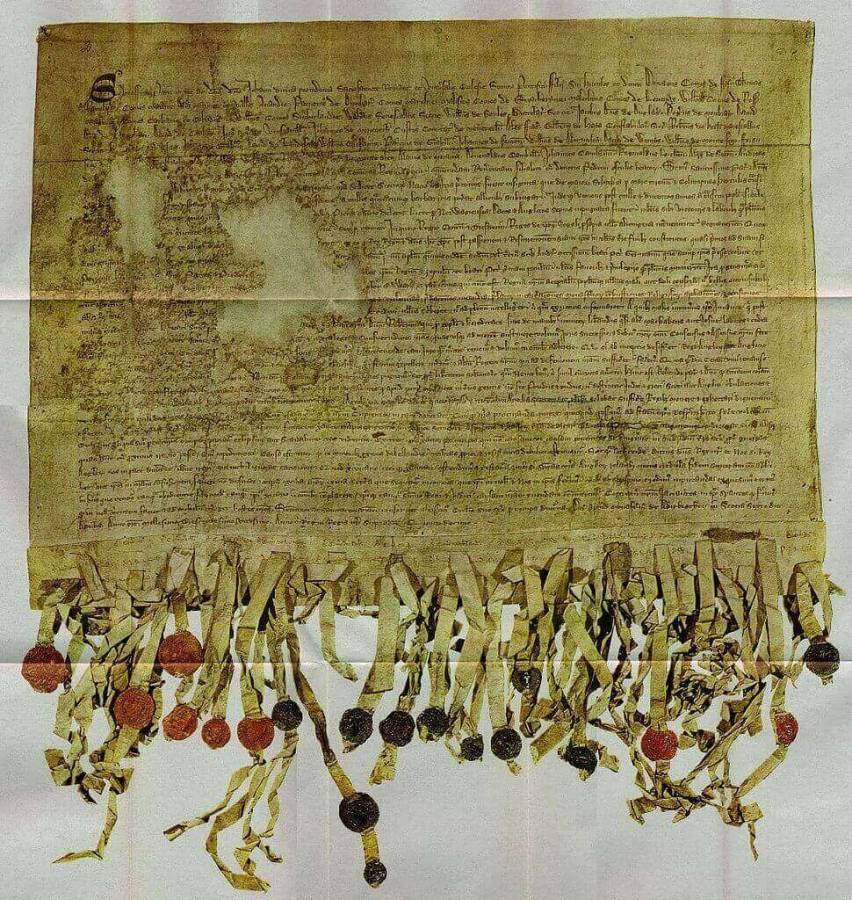
The Stone of Scone, which is also known as the Stone of Destiny, is a block of red sandstone that has been used for a very long time, for the coronation of the King of Scotland, and later the monarchs of England & Great Britain. The Stone of Destiny was last used in 1953 for the coronation of Queen Elizabeth II.
As per ancient legends, the origin of the stone is traced back to the Biblical period, when the Stone of Scone was used as a pillow by Jacob at Bethel. This stone was later brought from Syria to Egypt by Gaythelos. When later Queen Scotia and Gaythelos were exiled from Egypt, they would take the stone along with them to Spain.
Later this stone would accompany the migrating population to Ireland, where a descendant of Queen Scotia, would be crowned the King of Ireland. Later the stone would again move with Queen Scotia’s descendants to Scotland, where it would be used for the coronation of the monarch. Thus, the Stone of Destiny (along with the legend of Queen Scotia) would become a powerful symbol of Scottish Independence.
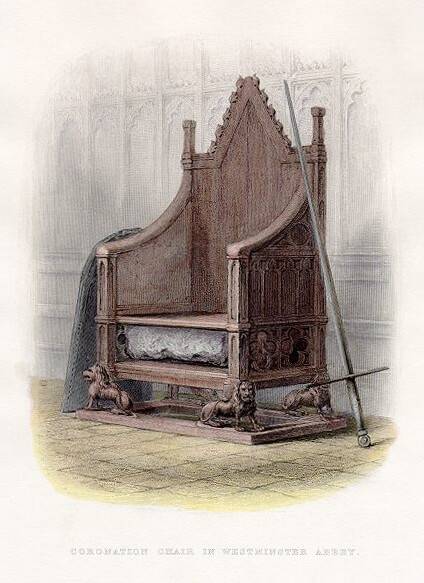
As has been mentioned before, that proving the historical existence of Princess Scotia has been always difficult, but a few historians who believe in the legend have put forward different pieces of evidence, to prove their theory that the Irish legend of Princess Scotia is based on facts and in ancient times, there was indeed migration of some ancient Egyptians from Egypt to Ireland and Scotland.
One of the so-called evidence has been the discovery of skeletal remains of a young boy, found at the Mount of Hostages in Tara. The carbon dating of the remains showed it to be from around 1350 BC. The important feature found in the skeleton was an accompanying necklace, made of beads, which was very similar to the ancient designs found in ancient Egyptian necklaces.
The necklace found with the said skeleton had a great similarity to a necklace, found around the neck of the Egyptian Pharaoh Tutankhamun, who also lived around the same time. This does raise the possibility that there was indeed some immigration in ancient times from Egypt to the newer lands of western Europe.
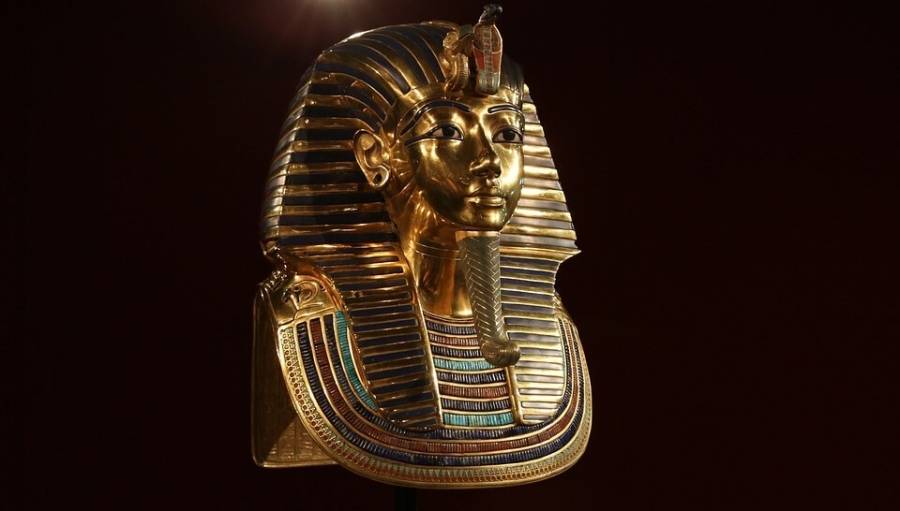
It was in North Ferriby, Yorkshire in 1937, the remains of an ancient boat were found. Initially, suspected to be a Viking longship, further excavation helped in the discovery of additional ships in the area, which later was proved to be much older than the Viking period, and was the kind used in the Mediterranean.
Radiocarbon dating showed that the boats were dated to be around 1400 to 1350 BC. Some controversial claims have been made, that these boats may have originated from ancient Egypt, and may have helped people fleeing from Egypt to come to places like – Ireland & Scotland in ancient times.
Besides ancient artifacts, even DNA Research has been undertaken to find an association between the ancient Irish people and the Irish legend of Egyptian princess Scotia. This DNA study also pointed towards the fact that in ancient times there was indeed massive migration of people from the Middle East to Ireland, which occurred almost 1000 years before the arrival of the Celts on Irish shores.
Finally, extending the genetic link much beyond the borders of Ireland, a study conducted by geneticists based at a DNA genealogy center in Zurich (Switzerland), have determined that up to 70% of British men and around 50% of all western European men are related to the famous Egyptian Pharaoh Tutankhamun. This story does open up questions about multiple possibilities that may have occurred in ancient times.
The ancient myth of Queen Scotia may have grown around the wish of the medieval nobility and other powerful people of the time, to find their ancient links to the respected figures of the Bible and the ancient Egyptian civilization, thus cementing the fact, that they were the chosen ones who were favored even by divine interventions. When one considers the attitude & values present in medieval society, this is not too difficult to understand.
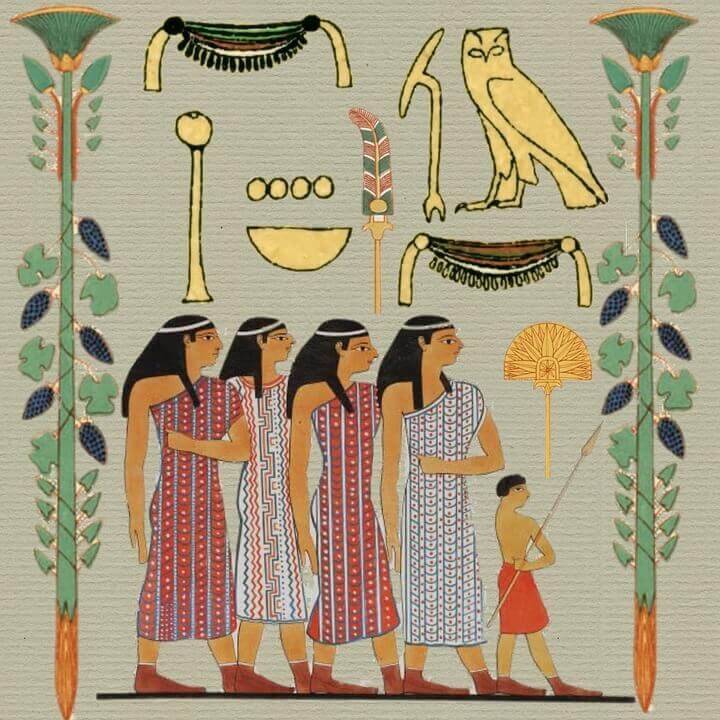
However, The Irish legend of the Egyptian princess remains just a legend, with most of the historians refusing to believe its authenticity. The reasons for this are very simple to understand. All the stories about Queen Scotia and Gaythelos, which supposedly described events that predate the Romans, were written many centuries after the royal couple supposedly lived.
The descriptions about the legend of Queen Scotia and her husband, differs a lot from one source to another, with even the handful of the historians believing in the legend, failing to come to a consensus regarding the finer points of the story; not to mention the fact that a Pharaoh getting his daughter married to a foreigner, seems highly unlikely.
Adding Biblical characters to the story, which may have helped in the Medieval period, has in no way helped to validate the story in the 21st century, to skeptic historians seeking archaeological and scientific proof. So, what has prompted this ancient legend to survive as long, as it did? The reasons are obvious. As mentioned earlier, in the middle ages, the legend of Queen Scotia gave certain monarchs and nobilities the power to reaffirm and strengthen their positions.
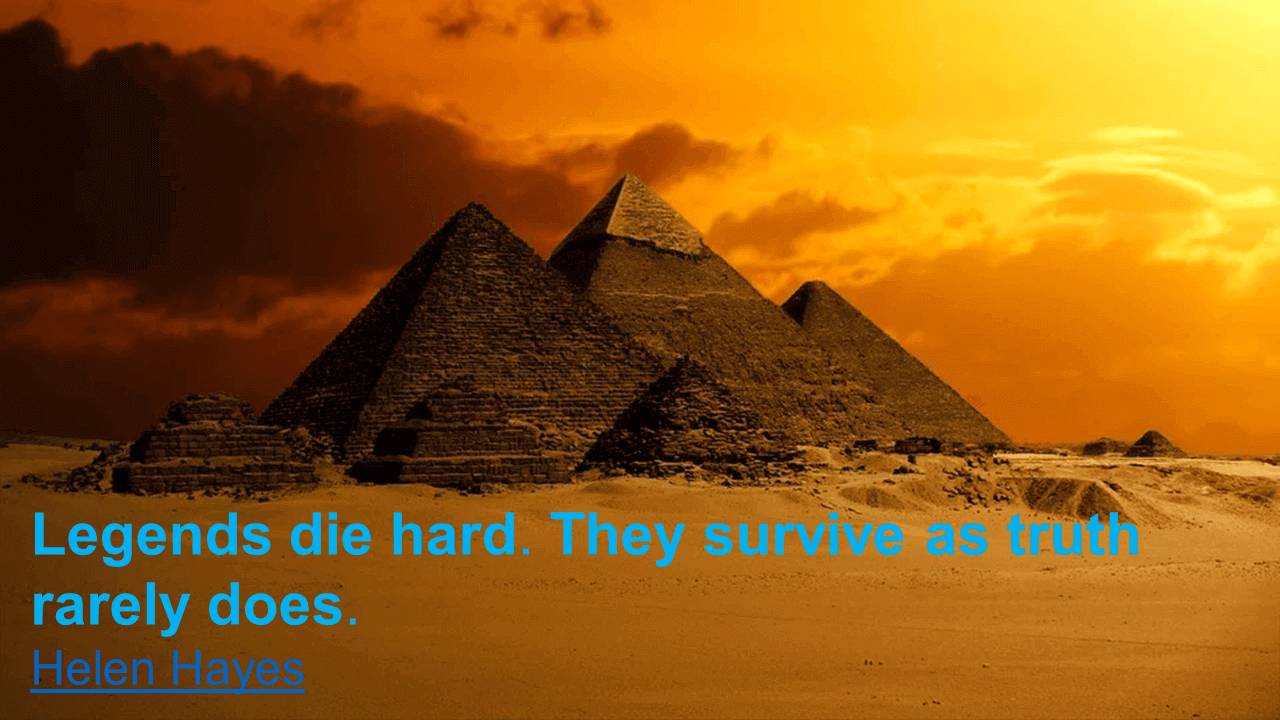
Of course, migration from the Middle East to Ireland & possibly other parts of the British Isles certainly occurred in ancient times, but the Irish legend of the princess Scotia is just a myth. It is the inherent wish of people of the present, to find links to legendary people of the past and stake claim to their greatness, which ensures that Legend of Queen Scotia, even if imaginary, may live on forever.
You may also like: Hercules and Omphale story